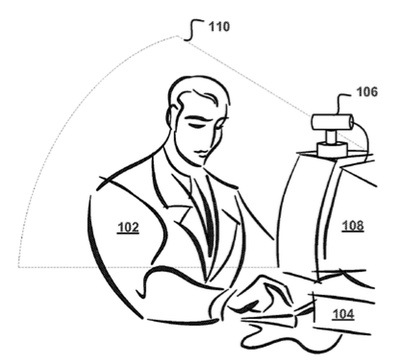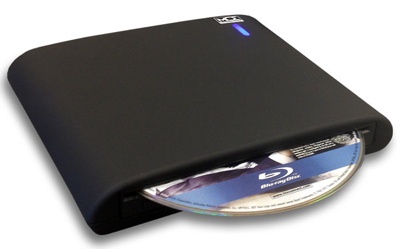An Apple patent (number 20120249855) for image capture using the display device as a light source has appeared at the U.S. Patent & Trademark Office.
Per the patent, a digital image capture system and method uses a display device to illuminate a target with light for improved image capture under poor lighting conditions. Various characteristics of the flash (e.g., brightness, color, duration, etc.) can be adjusted to improve image capture. Users are provided with feedback (e.g., live video feed, audio and/or visual countdowns, etc.) to assist them in preparing for image capture. The captured images are seamlessly integrated with existing applications (e.g., video conferencing, instant text messaging, etc.).
Here’s Apple’s background and summary of the invention: “Videoconferencing is one of the fastest growing segments of the computer industry. This growth is based in part on affordable digital video cameras. Digital video cameras (e.g., ‘WebCams’) can be integrated with personal computers and displays to enable users to videoconference from a variety of locations (e.g., home, office, hotels, subway trains, etc.) Unfortunately, each location has its own unique lighting conditions, which may not be ideal for capturing quality digital images.
“Some digital video cameras include a built-in flash that is automatically triggered in low-light conditions. These cameras, however, do not allow the user to control the characteristics of the flash (e.g., intensity, duration, color, etc.) based on ambient light conditions, and therefore tend to capture images that are too dark or too bright, even when operated in adequate lighting conditions.
“For those millions of users who are not fortunate to own a camera with built-in flash (or external flash), the only recourse is to move to a different environment or improve the lighting conditions of the current environment. In some environments, however, the user may not have control over the lighting conditions (e.g., a public building, train, hotel, etc.).
“An improved digital image capture system and method uses a display device to illuminate a target with light for improved image capture under poor lighting conditions. Various characteristics of the flash (e.g., brightness, color, duration, etc.) can be adjusted to improve image capture. In some implementations, the system provides users with feedback (e.g., live video feed, audio and/or visual countdowns, etc.) to assist them in preparing for image capture. The captured images are seamlessly integrated with existing applications (e.g., video conferencing, instant text messaging, etc.).
“In some implementations, a method of capturing a digital image includes: receiving an instruction to illuminate a target to facilitate capturing a digital image; and illuminating the target using a display device.
“In some implementations, a method of capturing a digital image includes: receiving an instruction to acquire an image using an image capture device; determining when to flash a display device to illuminate the target; flashing the display device at the determined time; and acquiring an image illuminated by the flash using the image capture device.
“In some implementations, a method of capturing digital images includes: illuminating a target with light emitted from a display device; and capturing a digital image of the illuminated target.
“In some implementations, a method of capturing digital images includes: illuminating a target with light emitted from a display device; determining if the light has reached a threshold intensity level; and capturing the digital image of the target if the light has reached the threshold intensity level.
“Various other implementations are described, including but not limited to implementations associated with computer-readable mediums, systems and devices.
“The disclosed implementations provide one or more advantages over conventional digital capture systems and methods, including but not limited to: 1) illuminating a target in poor lighting conditions for improved image capture; 2) adjusting characteristics of the flash (e.g., intensity, duration, color, etc.) for improved image capture; 3) providing feedback to the user to assist the user in preparing for image capture; and 4) providing for seamless porting of captured images into other applications.”
The inventors are Jean-Pierre Ciudad, Alexandre Aybes, Peter Westen, Gregory N. Christie and Scott Forstall.



